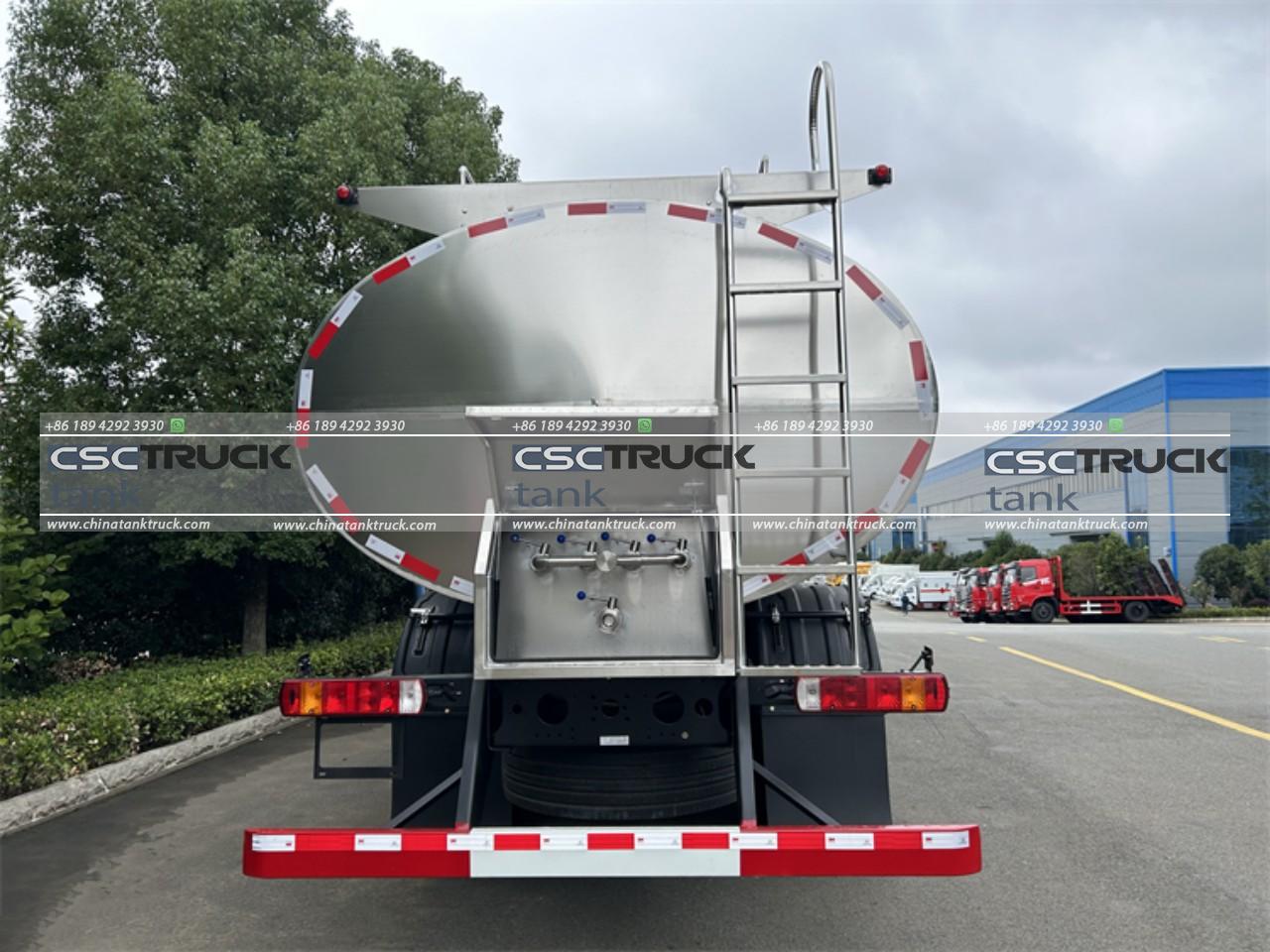What is the Name of the Milk Truck? Exploring Types, Names, and Functions
Milk trucks play a crucial role in the dairy supply chain, transporting milk from farms to processing facilities and distribution centers. These specialized trucks are designed to maintain the milk’s quality during transit, which is essential for ensuring it stays fresh and safe for consumers. But when someone asks, “What is the name of the milk truck?” they may be curious about the types, models, or unique identifiers of these vehicles. This article will delve into the types of milk trucks, their names, and what makes them integral to the dairy industry.
1. The Basics: Milk Tanker Trucks
A milk truck is often called a “milk tanker truck” or simply a “milk tanker.” This term applies to any truck equipped with a large, insulated tank specifically designed to carry liquid milk in bulk. These trucks are highly specialized and designed to preserve the quality and temperature of the milk throughout its journey. The tanks are typically stainless steel, which prevents contamination and makes them easy to clean and sanitize between loads.
Common Names for Milk Trucks
In addition to “milk tanker truck,” these vehicles may go by other names depending on their specific use and region:
– Milk Hauler: Refers to a milk truck used to collect milk from dairy farms.
– Bulk Milk Collection Truck: Another term for trucks collecting milk in large quantities from farms.
– Milk Lorry (in the UK and other Commonwealth countries): A term for a truck or tanker transporting milk.
– Bulk Tank Truck: Used more generally in logistics, but it may refer to a milk truck specifically when applied in the dairy industry.
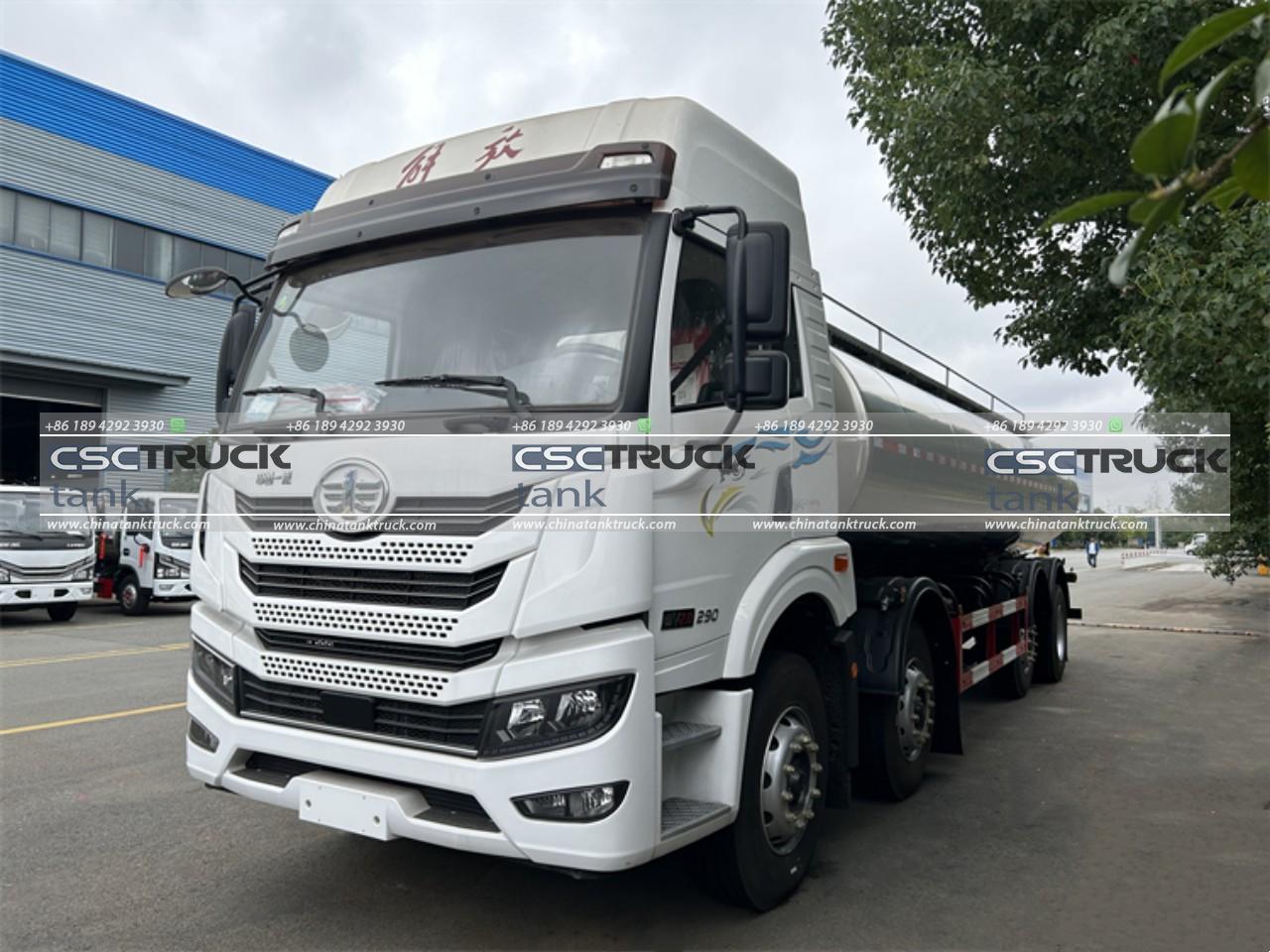
2. Types of Milk Trucks: Varieties for Specific Needs
Milk trucks are not one-size-fits-all. They come in several types, each suited for different roles in milk transport. Here are the primary categories:
a. Farm Pick-Up Milk Tankers
These trucks collect milk directly from dairy farms, often on a daily or bi-daily basis. They are equipped with hoses and pumps to transfer milk from farm storage tanks into the truck’s tank. Farm pick-up trucks are generally smaller than long-haul milk tankers, making it easier to navigate rural roads and access farms in remote areas.
b. Long-Haul Milk Tankers
These are large tanker trucks designed to transport milk over long distances, often between cities or even across state borders. Long-haul tankers usually have larger capacity tanks, which makes them more efficient for transporting significant quantities of milk from regional dairy collection centers to processing facilities.
c. Multi-Compartment Milk Tankers
Some milk trucks are designed with multiple compartments, allowing them to transport different types of milk or milk from various sources in one trip. For example, they may carry organic milk in 1 compartment and conventional milk in another. Multi-compartment trucks are efficient because they reduce the need for multiple trips while preventing cross-contamination.
3. Notable Models and Manufacturers of Milk Trucks
Milk trucks come from various manufacturers known for producing specialized heavy-duty vehicles. Some well-known manufacturers and models include:
a. Kenworth T370 Milk Tanker
Kenworth, a U.S.-based manufacturer, produces the T370, a medium-duty truck frequently used as a milk tanker. Known for its durability and fuel efficiency, the T370 is a popular choice among milk haulers, especially for shorter routes.
b. Peterbilt 348
Another model favored for milk transport is the Peterbilt 348, designed to handle heavy loads while ensuring a smooth ride. Peterbilt’s 348 model is often customized to carry milk tanks, making it a common sight on North American highways.
c. Mercedes-Benz Actros with Milk Tanker Bodies
In Europe, Mercedes-Benz’s Actros model is commonly used as a milk truck, especially when fitted with specialized milk tanker bodies from third-party manufacturers. The Actros is known for its advanced technology, fuel efficiency, and spacious cabins, making it ideal for long-haul milk transport.
d. Volvo FM Series Milk Tankers
The Volvo FM series is another popular choice in Europe. Known for its robust build and innovative features, such as driver-assist technologies, the FM series is used extensively for transporting dairy products, including milk, across long distances.
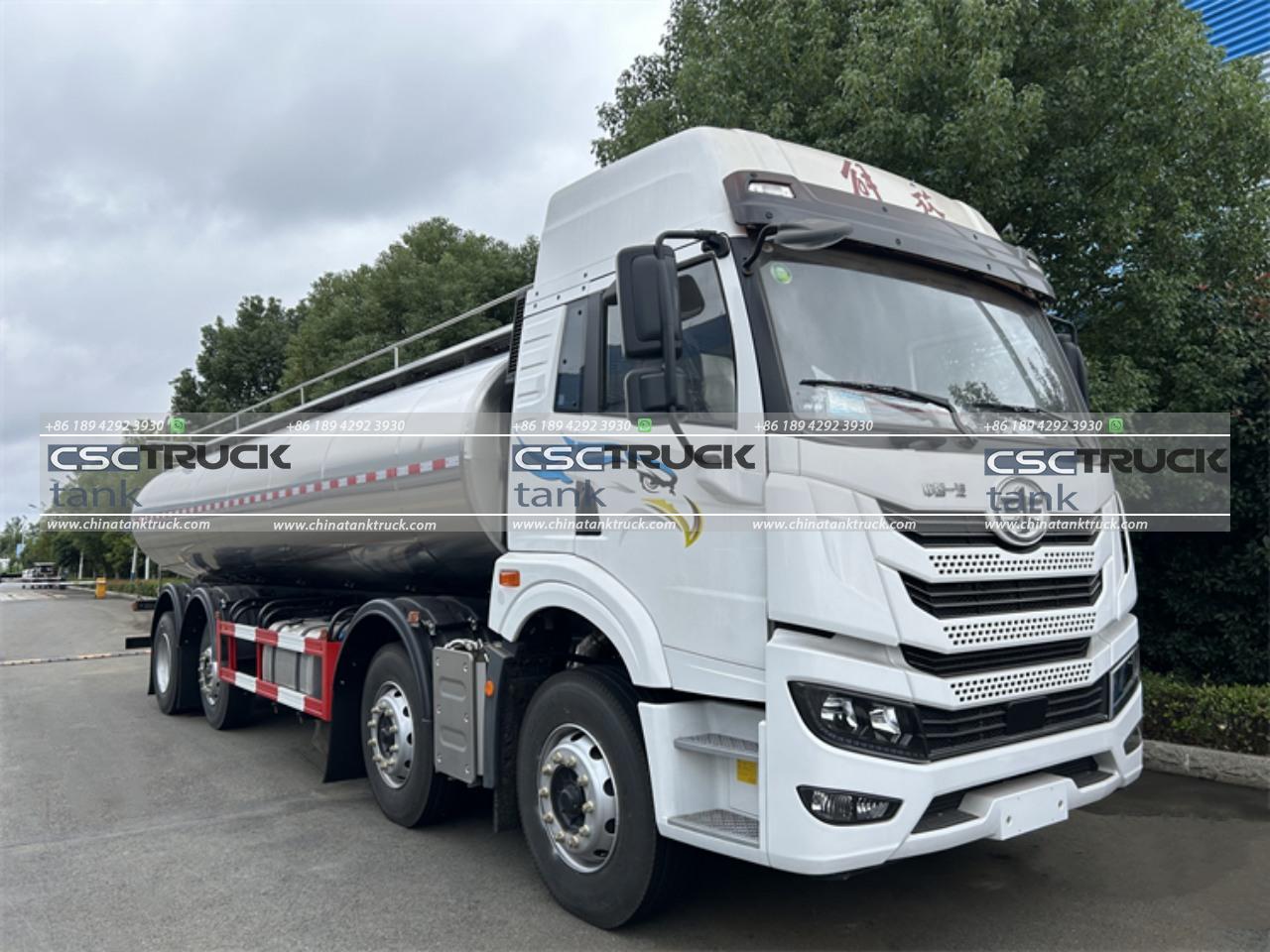
4. How a Milk Truck Works: Insulation and Preservation
The primary function of a milk truck is to maintain milk’s freshness and prevent contamination. To accomplish this, milk tankers are designed with several key features:
a. Insulated Tanks
Milk trucks have insulated stainless-steel tanks, which help maintain the milk at a specific temperature, usually between 2 to 4°C (36 to 39°F). This insulation is crucial, as it minimizes temperature fluctuations that could cause spoilage. The insulation typically consists of layers of foam or other materials that prevent external heat from affecting the milk.
b. Sanitization Protocols
Since milk is highly perishable and prone to bacterial contamination, milk trucks are cleaned and sanitized meticulously after each use. Many trucks are equipped with automated cleaning systems, which use a combination of water and cleaning agents to disinfect the tank thoroughly.
c. Temperature Monitoring
Some milk trucks come with advanced temperature monitoring systems that allow drivers and operators to keep track of milk temperatures in real time. This helps ensure milk quality, as any deviation from the desired temperature range can lead to spoilage.
5. The Milk Truck’s Route: Farm to Processing Facility
The journey of milk typically begins at the dairy farm, where milk is stored in refrigerated tanks until collected. A milk truck arrives at the farm, hooks up its hoses, and pumps the milk into its tank. The truck then heads to a processing facility, often making several farm stops along the way to collect additional milk.
Typical Milk Truck Route and Process
1. Collection: The truck collects milk from one or multiple farms.
2. Delivery: It transports the milk to a processing plant where it is pasteurized and packaged.
3. Return: After delivery, the truck is cleaned and prepped for the next trip, repeating the process to ensure a constant supply.
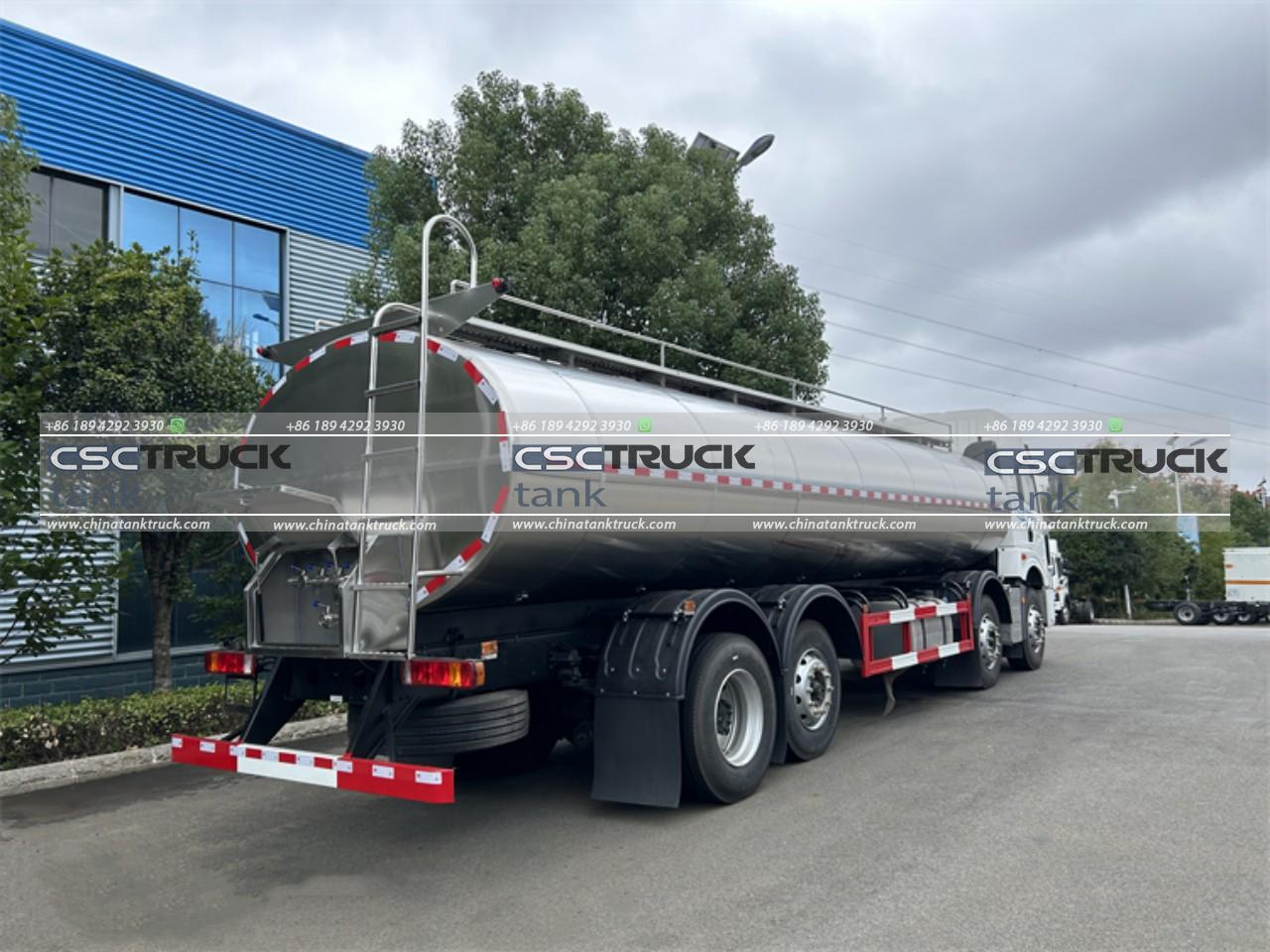
6. The Importance of Milk Trucks in the Dairy Industry
Milk trucks are indispensable to the dairy industry, ensuring fresh milk reaches processing facilities promptly and safely. Without these trucks, the timely distribution of milk, especially over long distances, would be challenging, leading to supply chain delays and potential waste of a valuable product.
7. Challenges in Milk Truck Operations
Milk trucks face unique challenges due to the perishable nature of milk:
– Strict Timelines: Milk has a short shelf life, so it must reach processing facilities quickly to avoid spoilage.
– Maintenance and Cleaning: Milk trucks require more frequent and rigorous cleaning than other bulk carriers to prevent contamination.
– Temperature Control: Since milk is sensitive to temperature changes, milk truck drivers must be vigilant about insulation and real-time temperature monitoring.
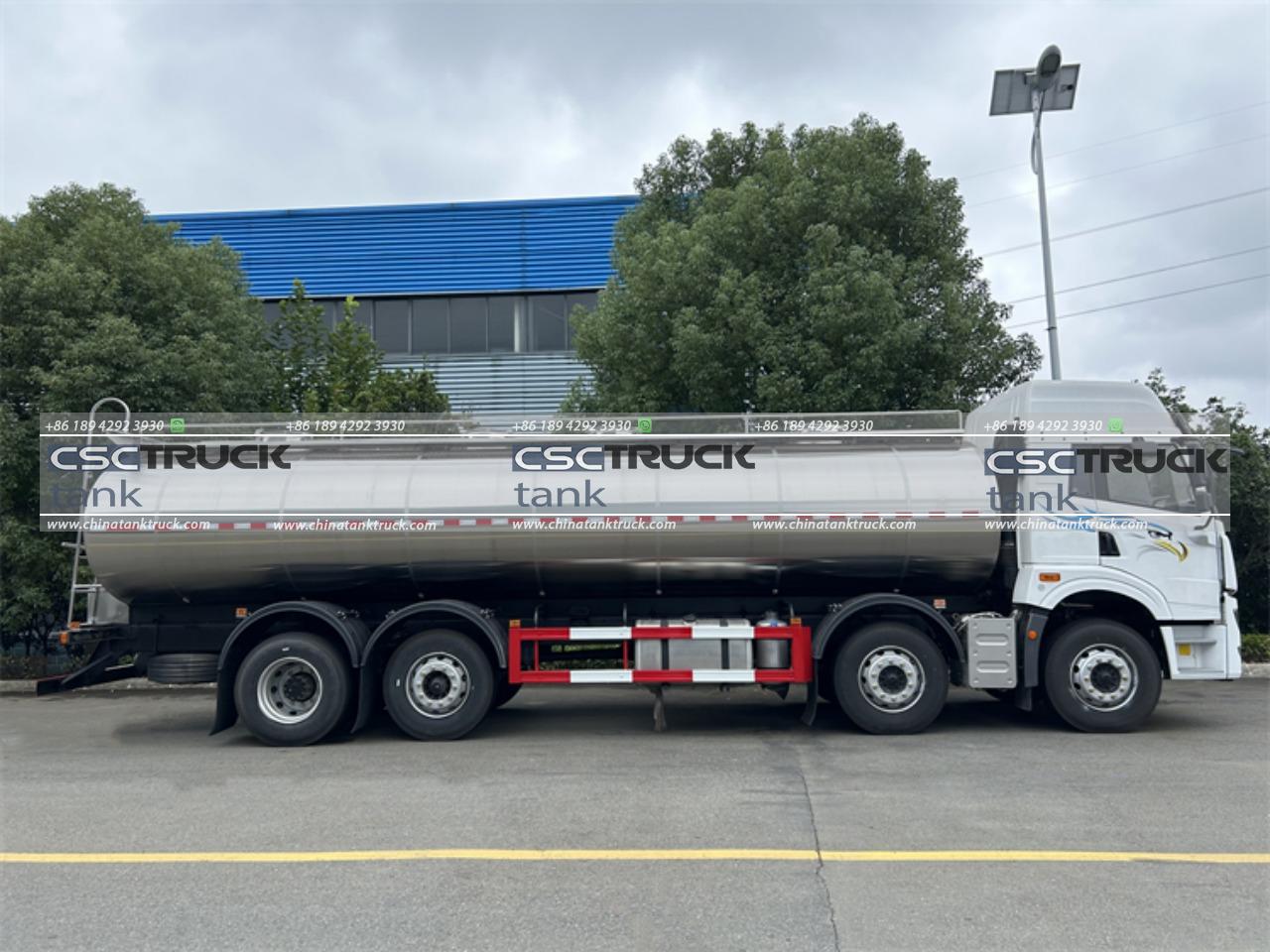
8. The Future of Milk Trucks: Technological Advancements
In recent years, milk trucks have incorporated technologies such as real-time tracking, temperature sensors, and advanced insulation materials to optimize milk transport further. Additionally, as electric and hybrid truck technology progresses, the dairy industry is likely to see more sustainable milk transportation options. These trucks could reduce emissions, offering an environmentally friendly solution for milk transport without compromising milk quality.
Conclusion
The answer to “What is the name of the milk truck?” depends on context. Commonly referred to as milk tankers, milk haulers, or bulk milk collection trucks, these vehicles serve as a vital link in the dairy supply chain. From the humble beginnings of farm pick-up trucks to advanced long-haul milk tankers with temperature-controlled compartments, milk trucks ensure that fresh, high-quality milk arrives safely and promptly at processing facilities.
